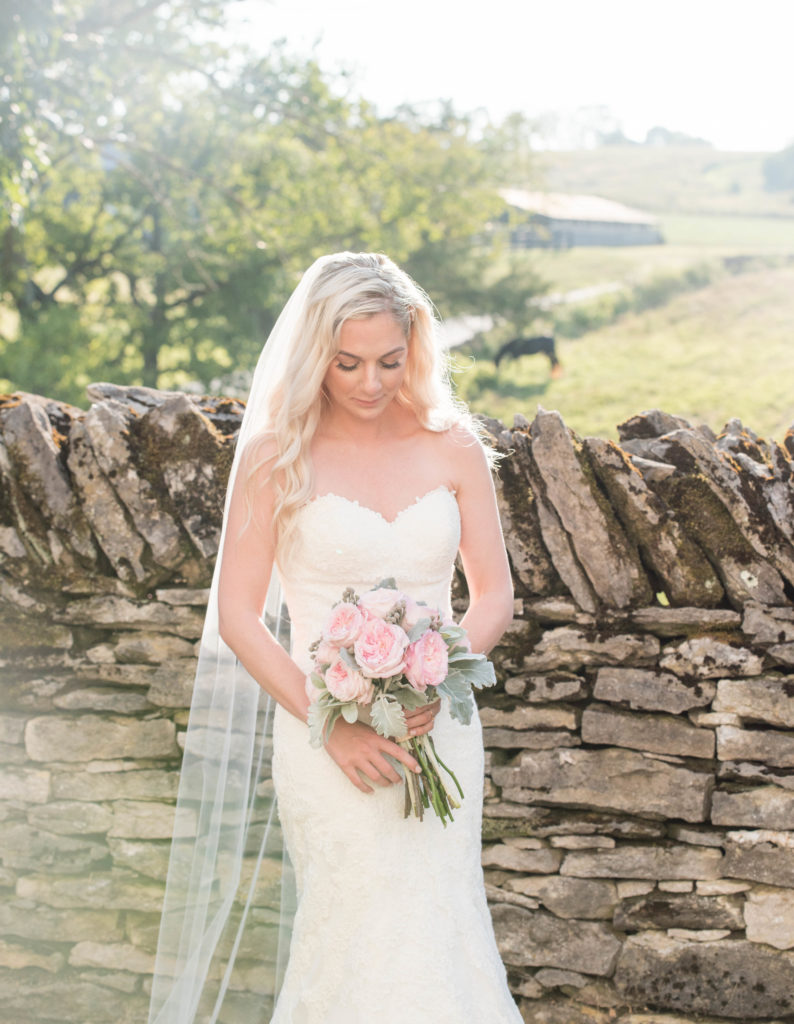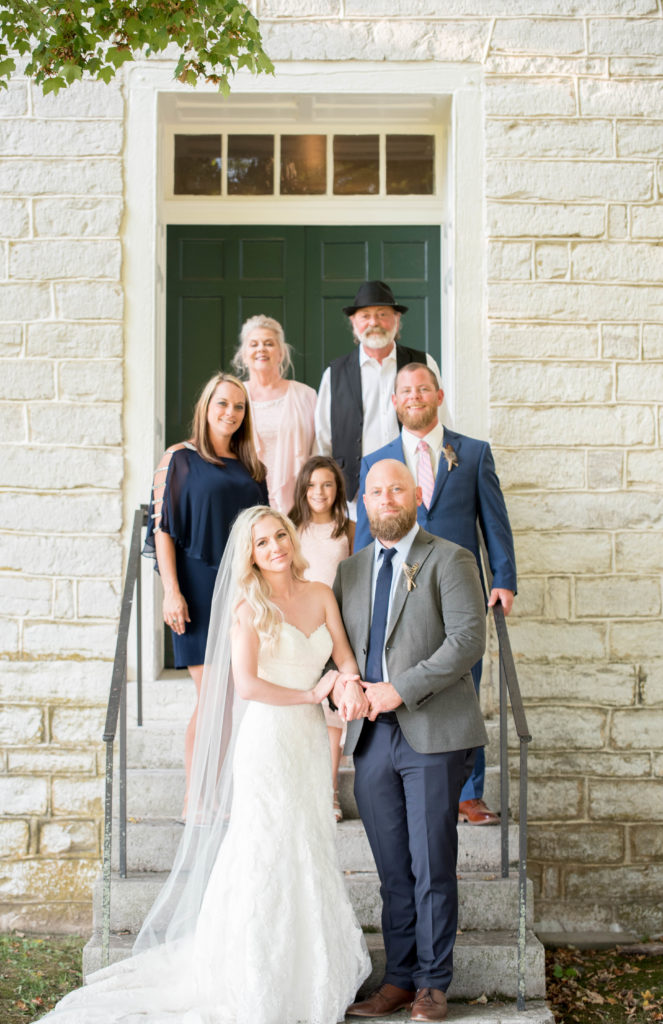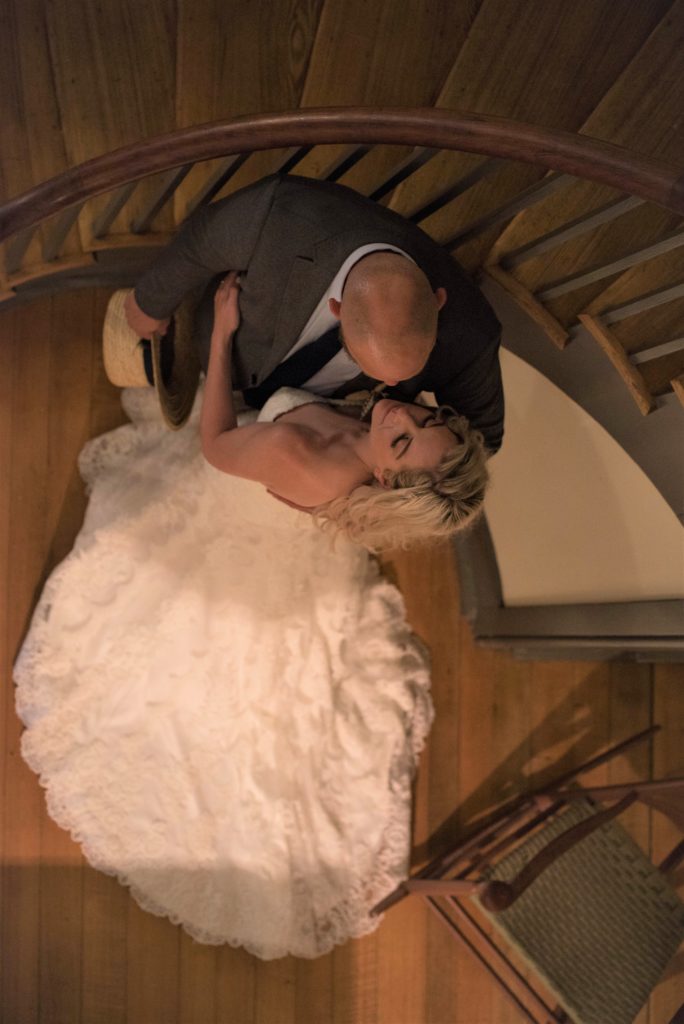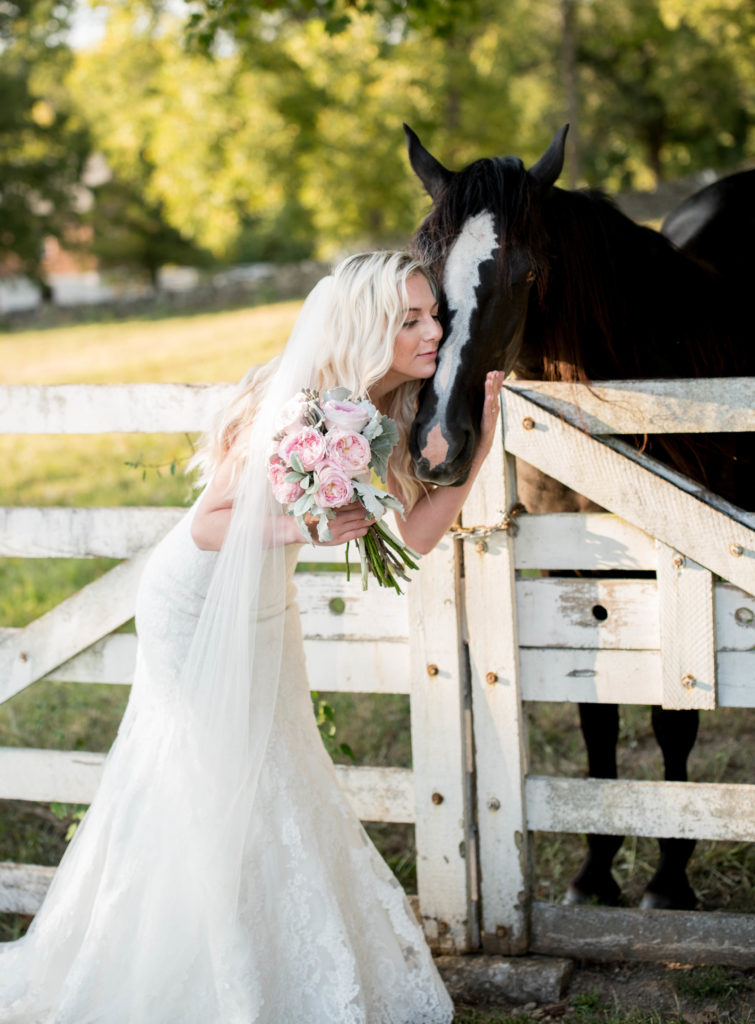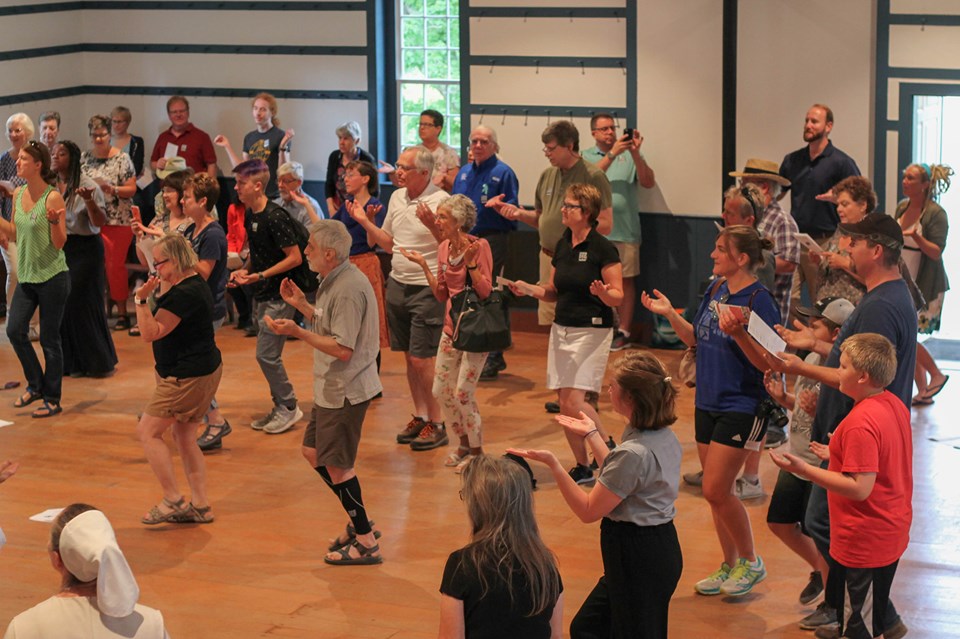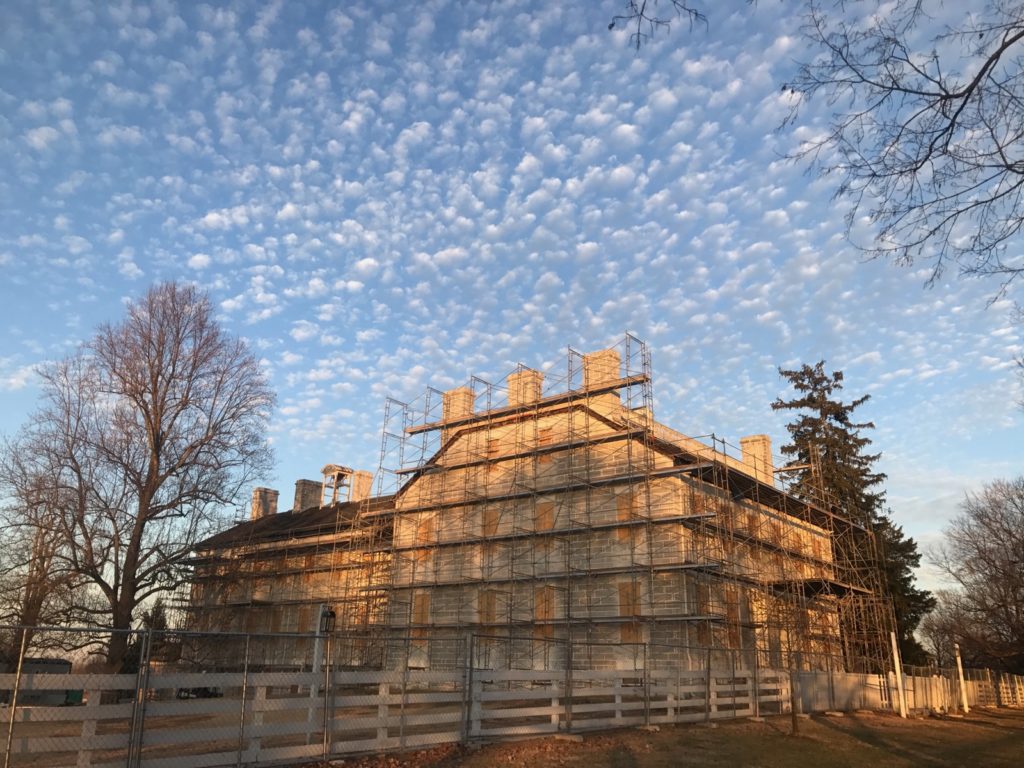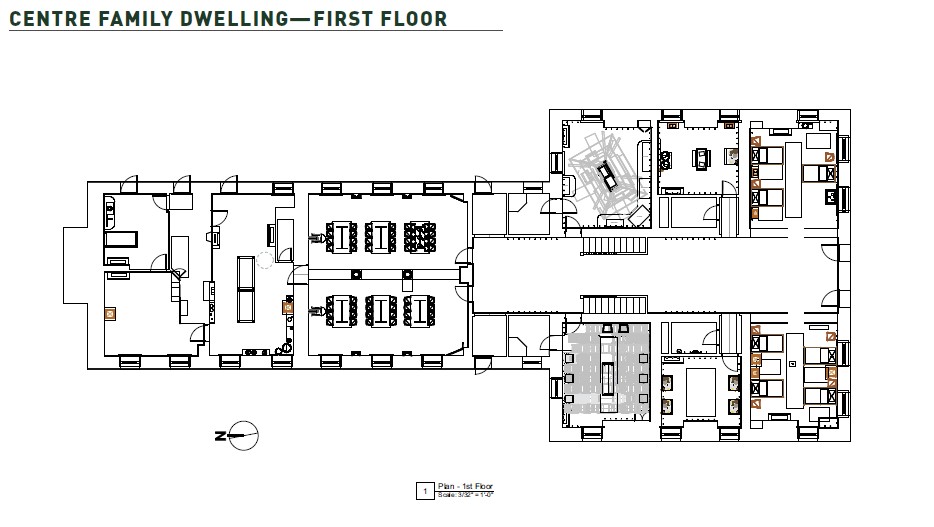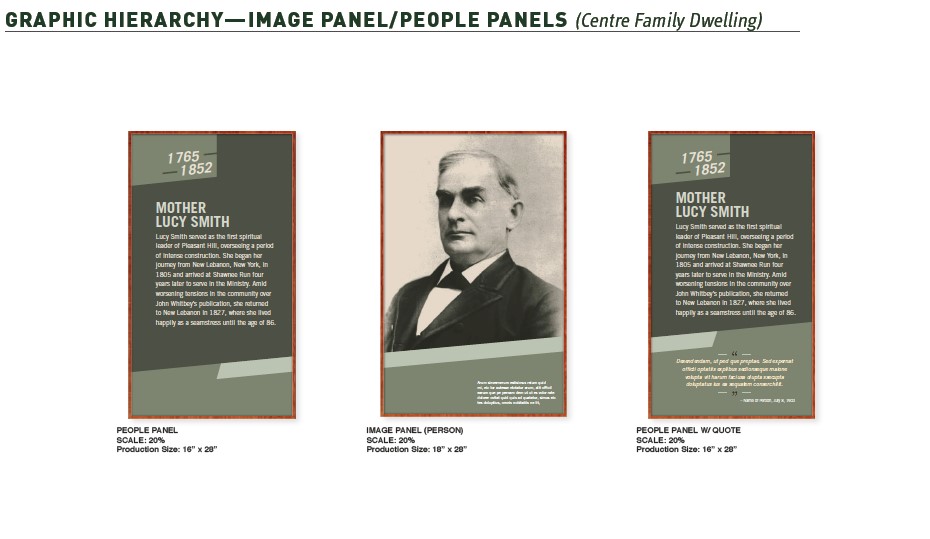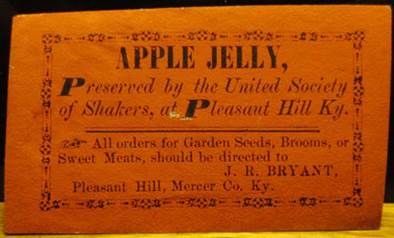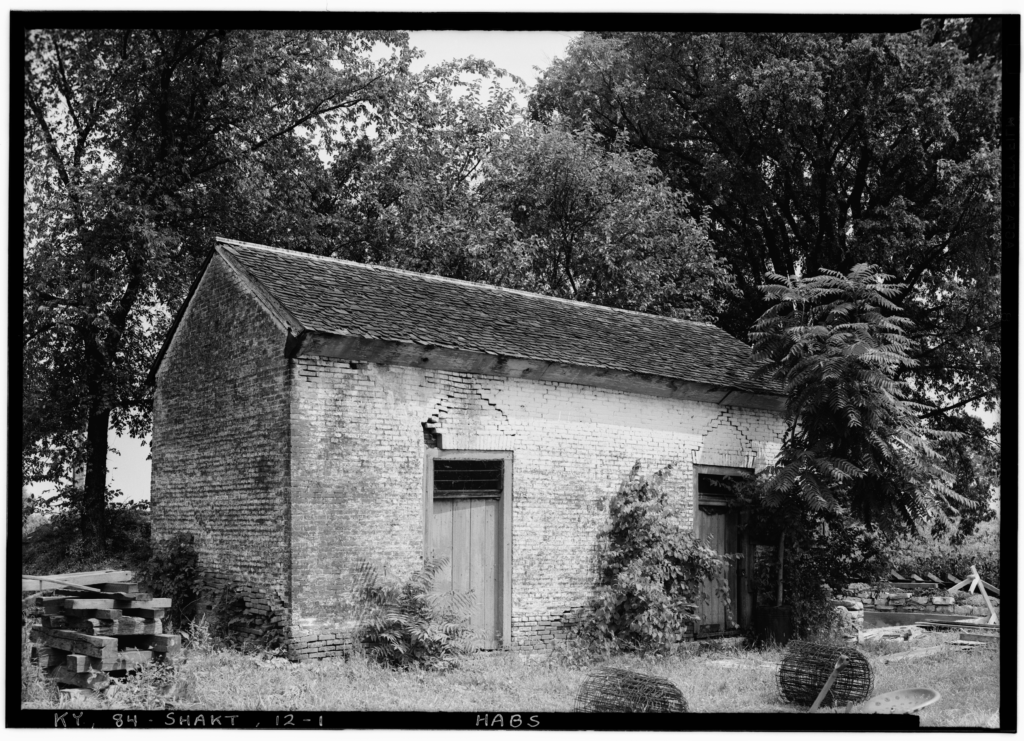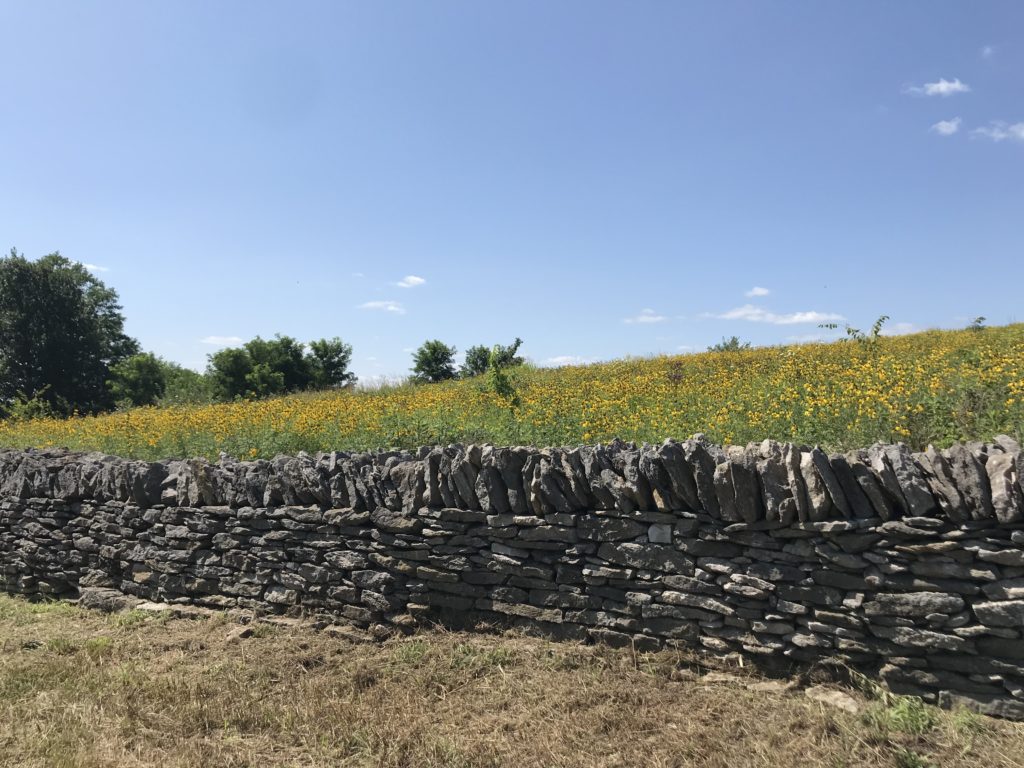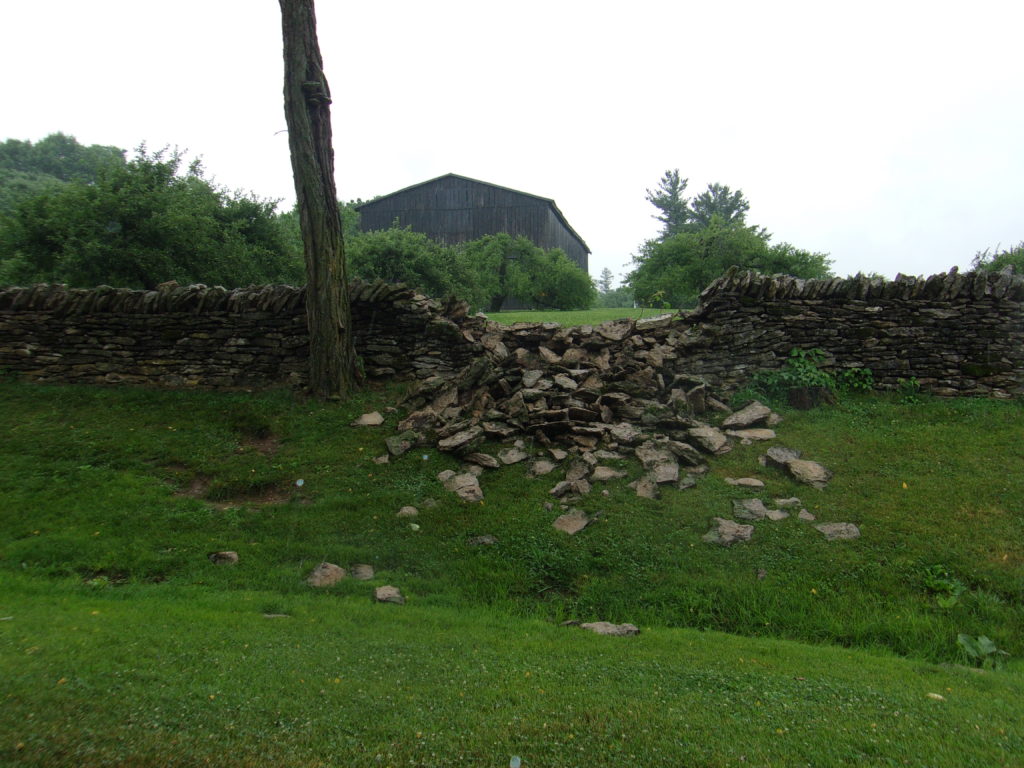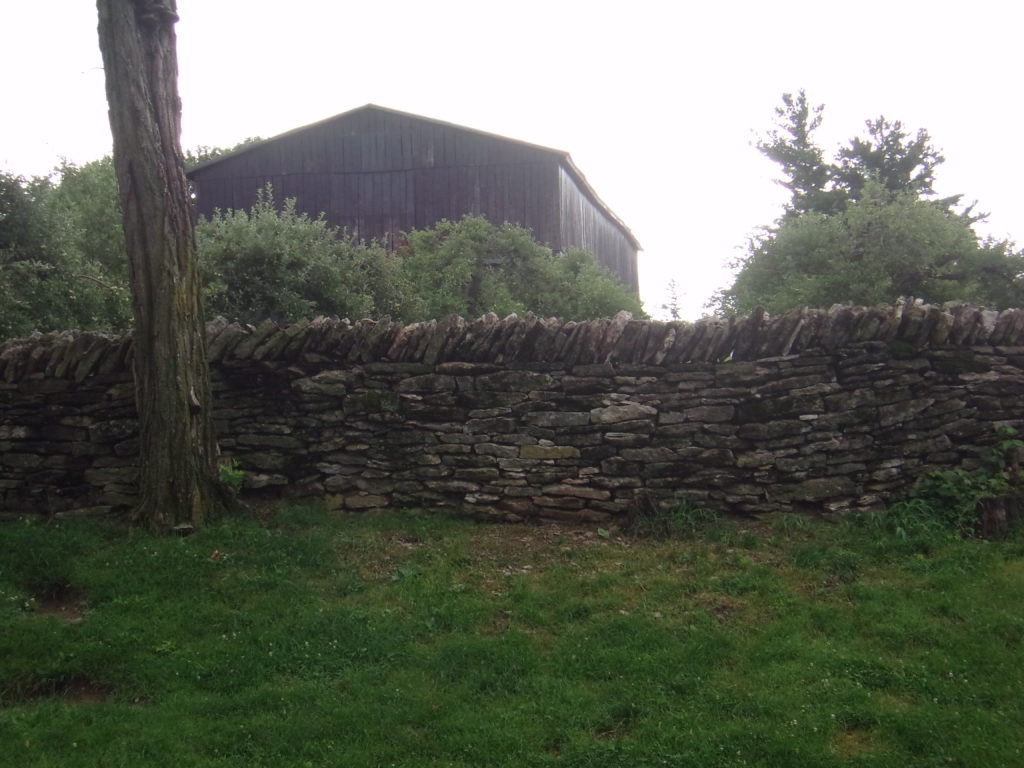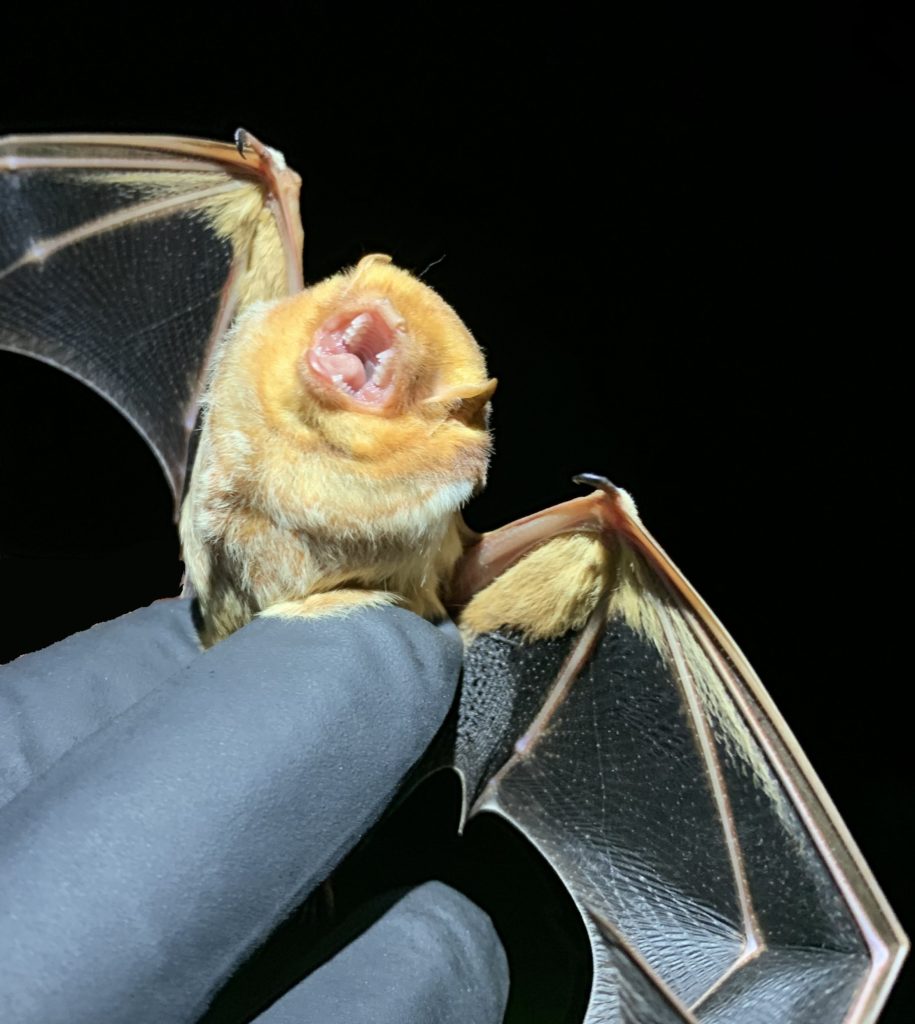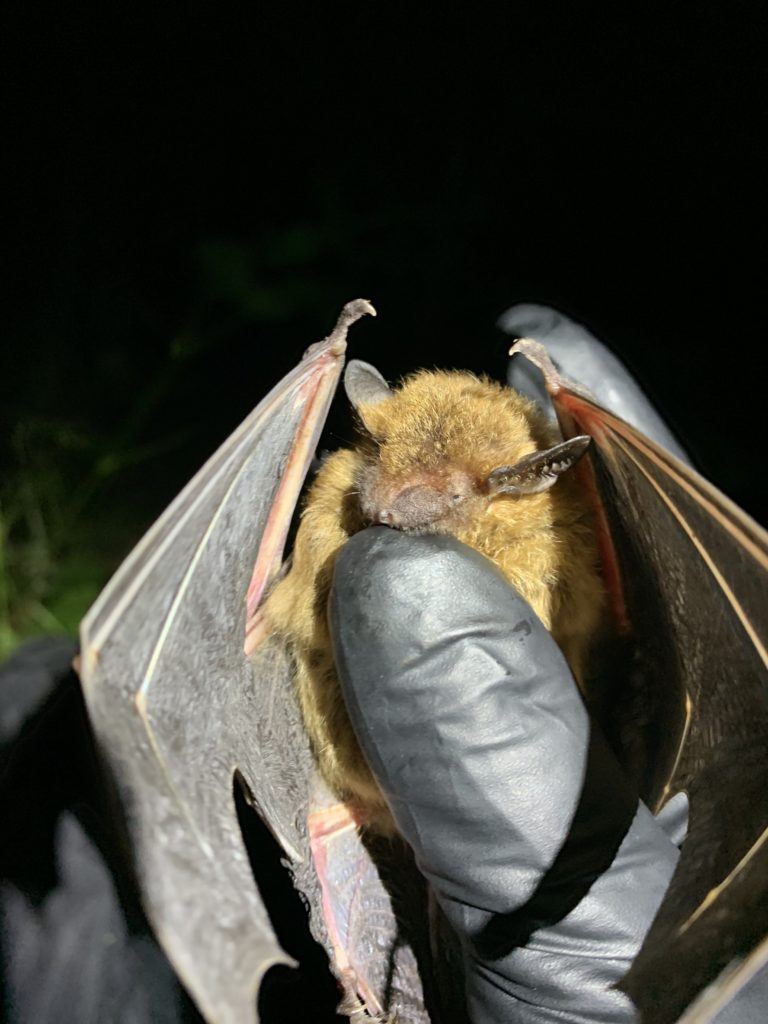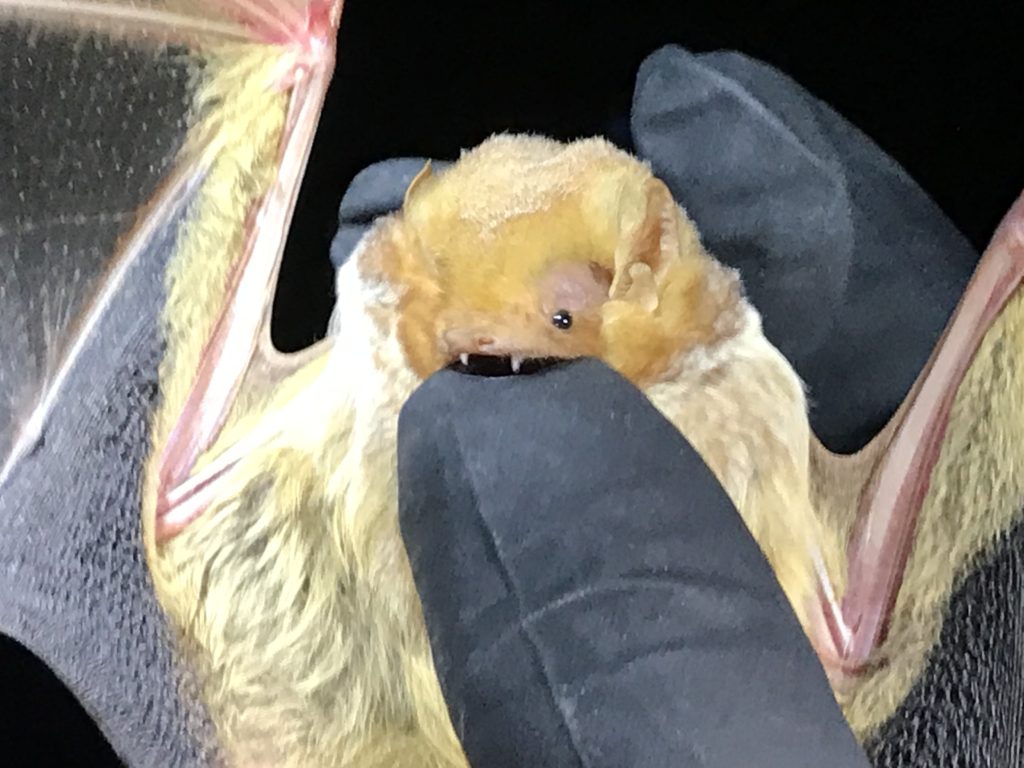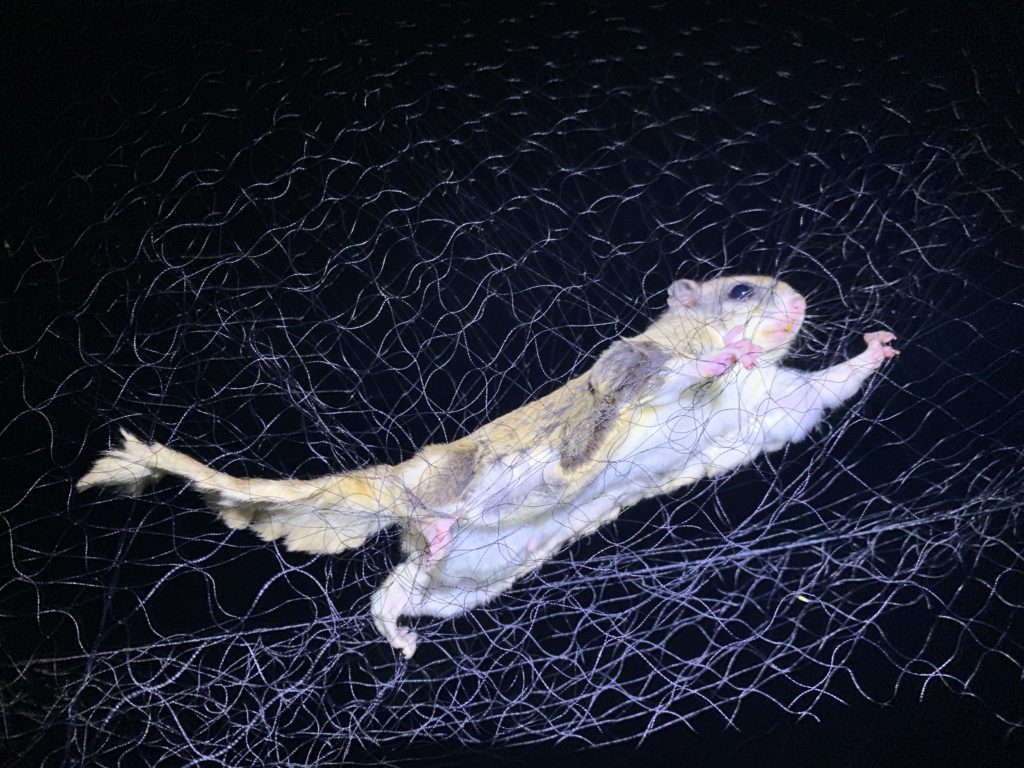Rebecca Wilson, Catering & Event Sales Manager
When you book a wedding with Shaker Village of Pleasant Hill, your experience is tailor-made for you. From a marshmallow roast in front of a cozy fire in the evening with a hayride, to bourbon tastings, picnics, private tours and more, Shaker Village offers an array of enjoyable activities for each loving couple.
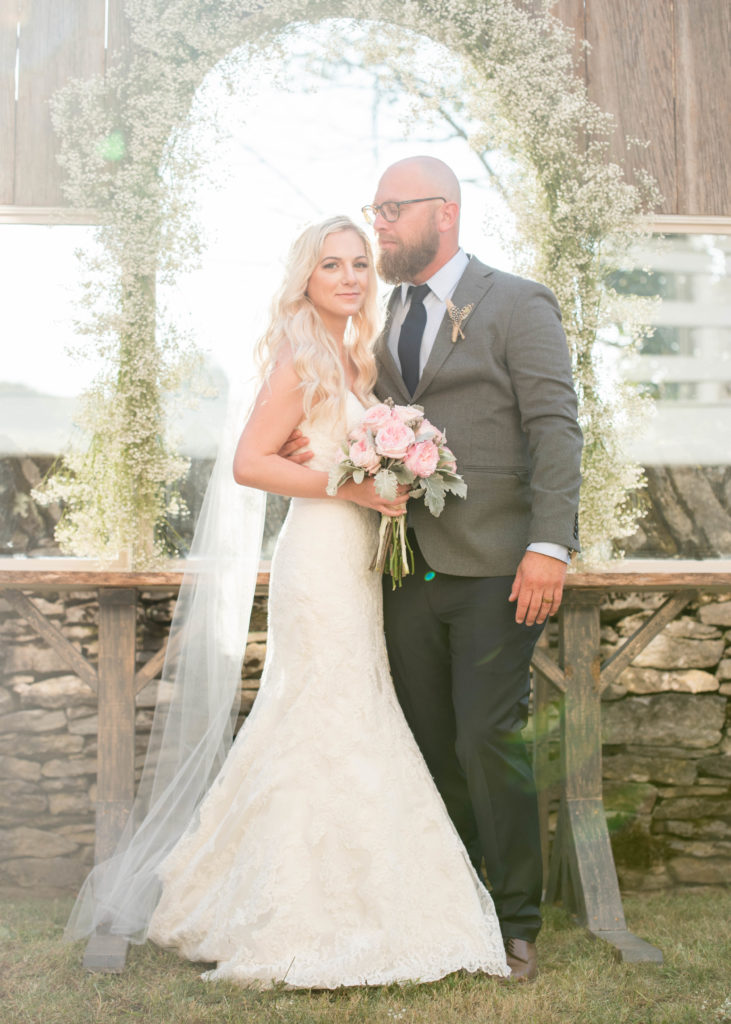
Shaker Village has a broad variety of event spaces on its 3,000 acre property, although many couples have taken advantage of the retreat-like locations of the West Lot Dwelling and Meadow View Barn.
“When I think of our wedding, I think of it as an accumulation of events from the time we arrived on Friday until we all said goodbye Sunday morning. Having the West Lot be our home for the weekend allowed for so many amazing memories with our loved ones. The ceremony in the courtyard to the back of the house was an incredible experience! The intimate space allowed for unique participation from our guests, where I was able to incorporate Shaker-style bench seating and viewing areas on the two-story porches.”
When Megan and Casey visited Shaker Village for the first time at Craft Fair a few years ago, she fell deeply in love with its beauty and charm. When they began planning their wedding, she knew she wanted to incorporate their love of the outdoors and historical buildings. It was also important to them that they made their wedding weekend a celebration and experience for all their loved ones to cherish. The West Lot Dwelling at Shaker Village provided a gathering place for them, and the village accommodated all of their guest’s needs during the memorable weekend celebration. Family and friends were able to stay on the grounds, experience all the fun activities Shaker Village has to offer, and enjoy spending time with one another.
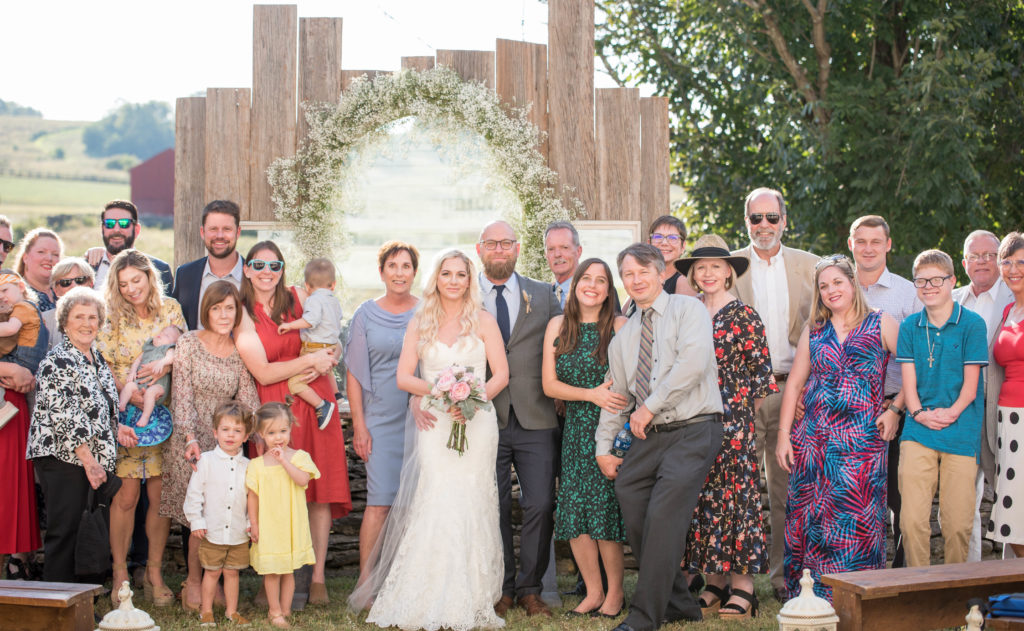
Food has always been a uniting force for Megan’s family, and the family-style meal they would share together was one of the most important details of their wedding. The southern farm-to-table dishes created by the chef is elevated in the most delightful and rustic way. Knowing that the ingredients that the chef would serve would be right out of the Shaker Village garden, Megan requested that the chef create a signature vegetable dish of her choice from what was available to her that day. Although the chicken dish and red wine braised short ribs were outstanding, the guests could not stop raving about the vegetables!
“Everyone is knowledgeable, professional and kind. I could not have hoped for a more special and unique venue than Shaker Village! Like Casey and I, our guests fell in love with its beautiful surroundings and interesting history. They enjoyed the hotel accommodations and all the activities Shaker Village has to offer during their stay. Shaker Village allowed us to create a magical experience for every person involved, and the memories of our weekend will be cherished by all.”
If you are interested in finding out more about creating your special day at Shaker Village, please contact our Event Sales department at 859-734-1558 or email: [email protected]!
Credits:
Photography: Desiree Fromm
Make-up: Britt Moses
Hair: Heather Cole Thomas-Blake Hair Studio
Bouquets: Flowers by Marnie and Jenny
Cake: Martine’s Pastries
Coordinator: Rita Matney
Rentals: Bryant’s Rent-All, Purdon’s, and VenYou Event Rentals
